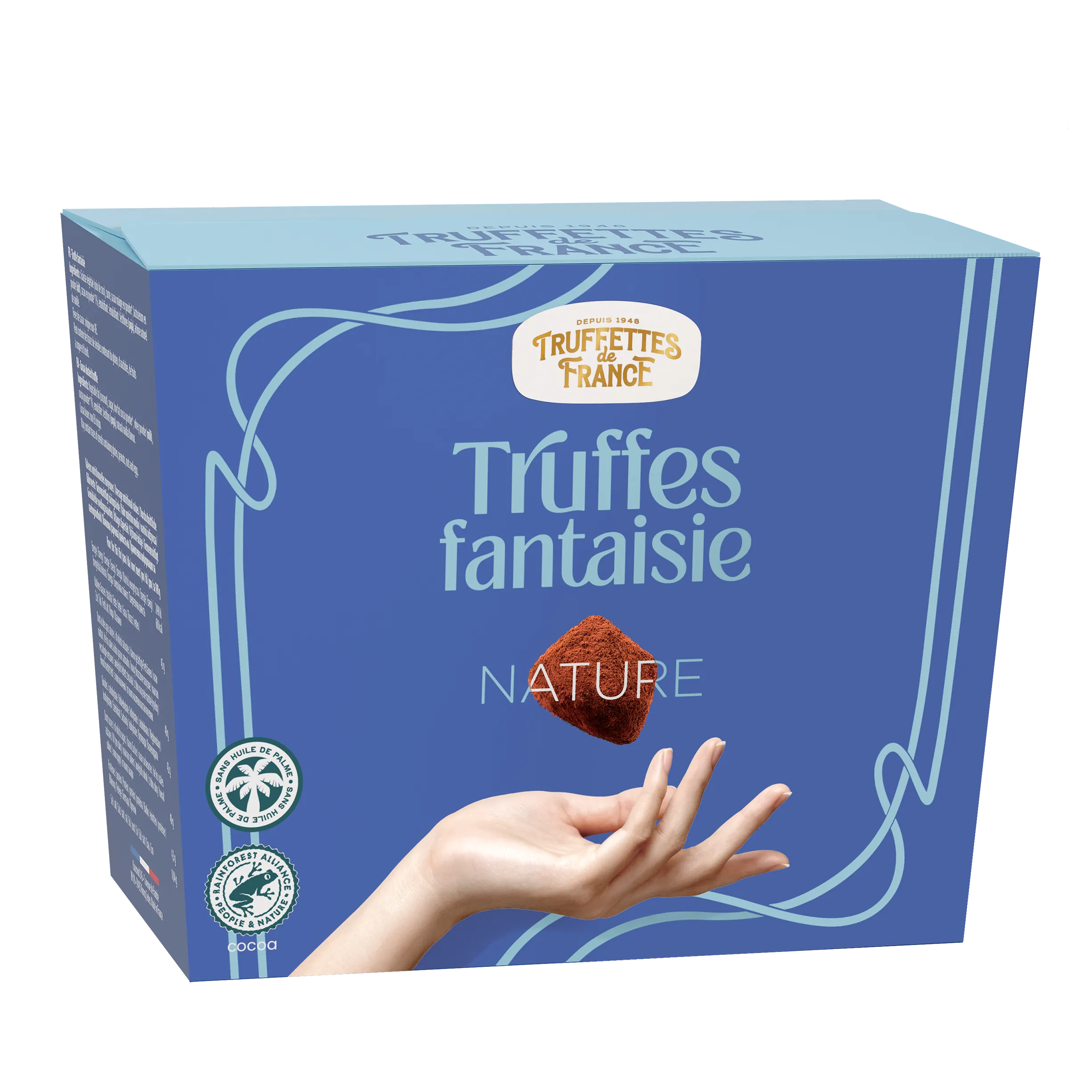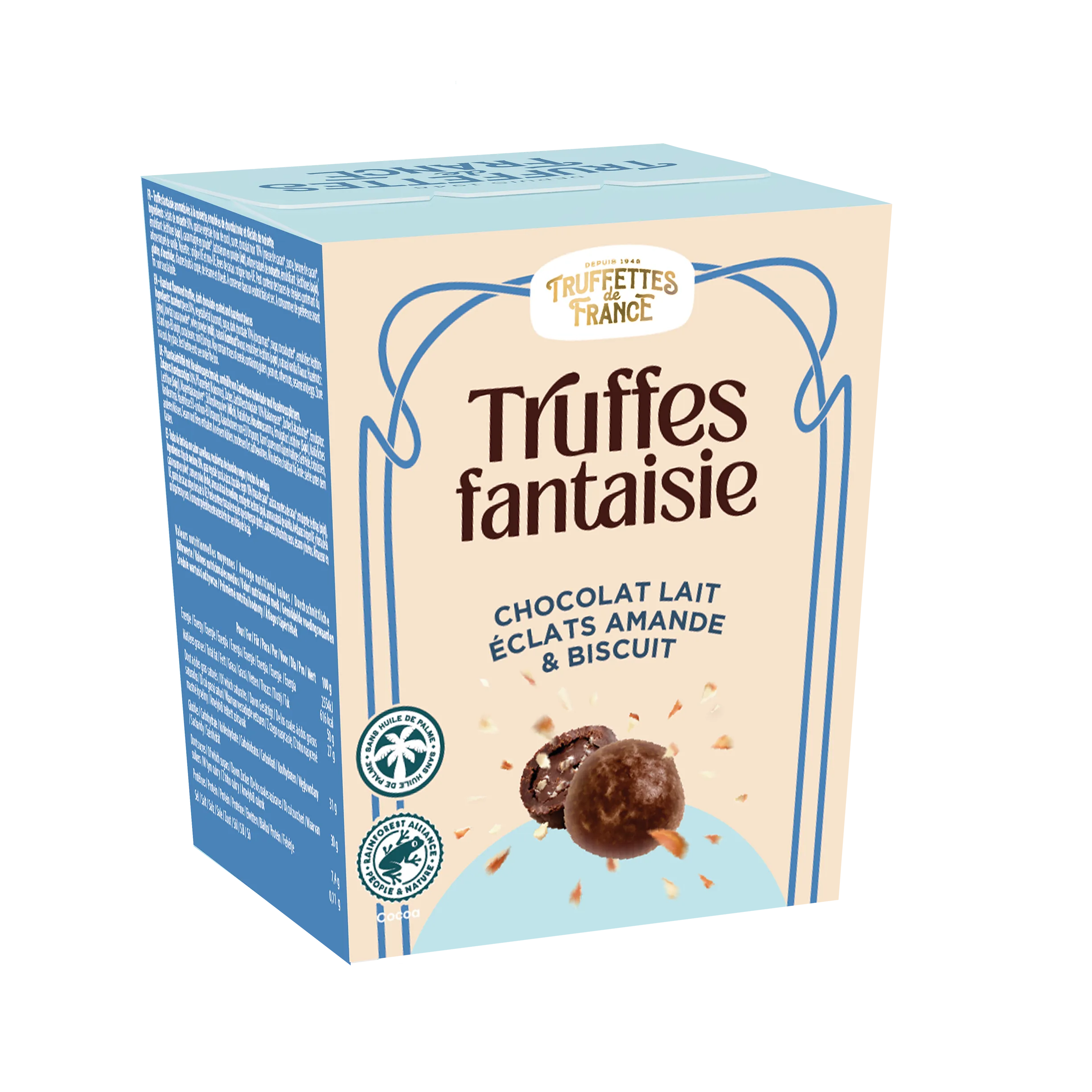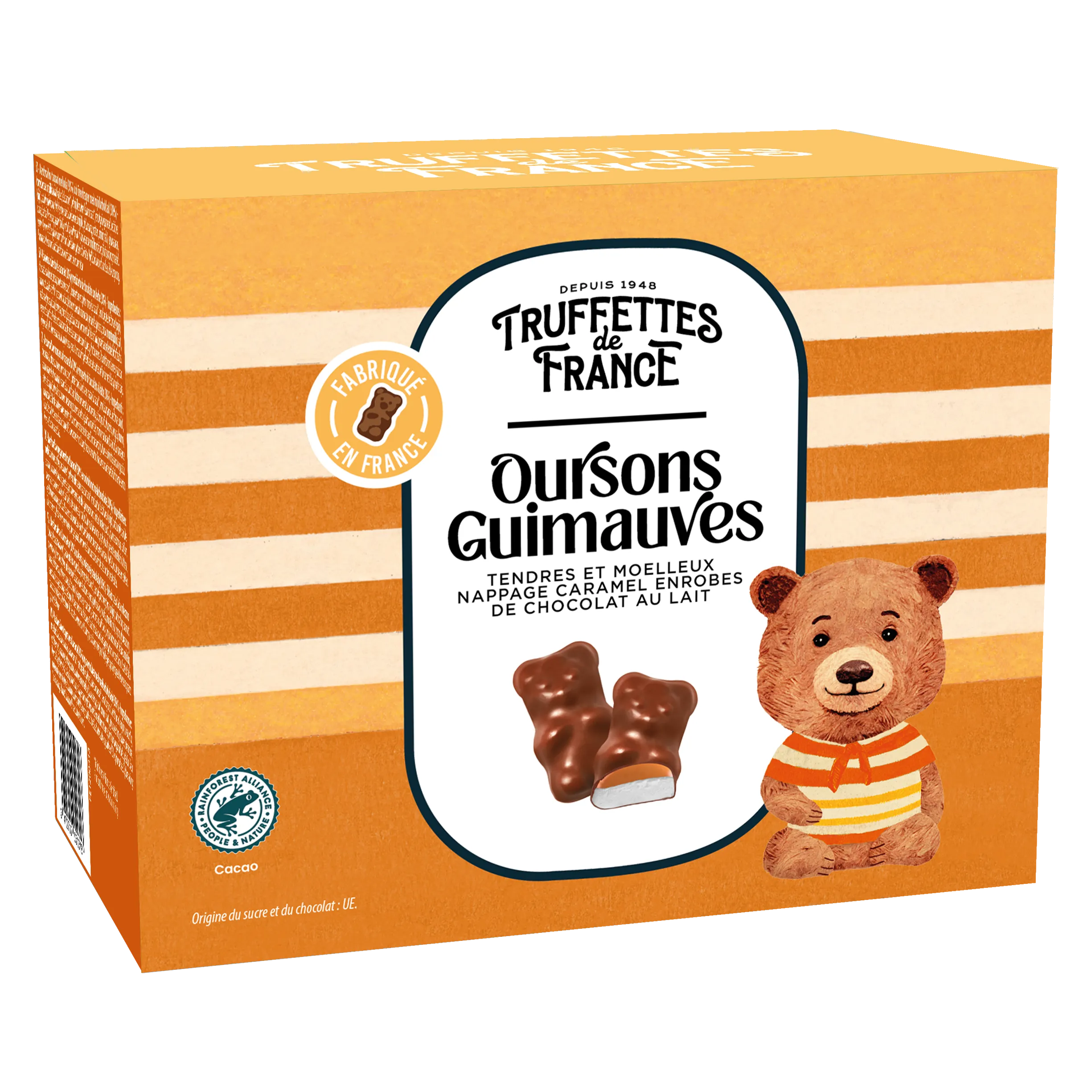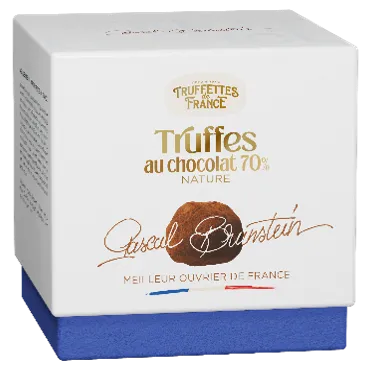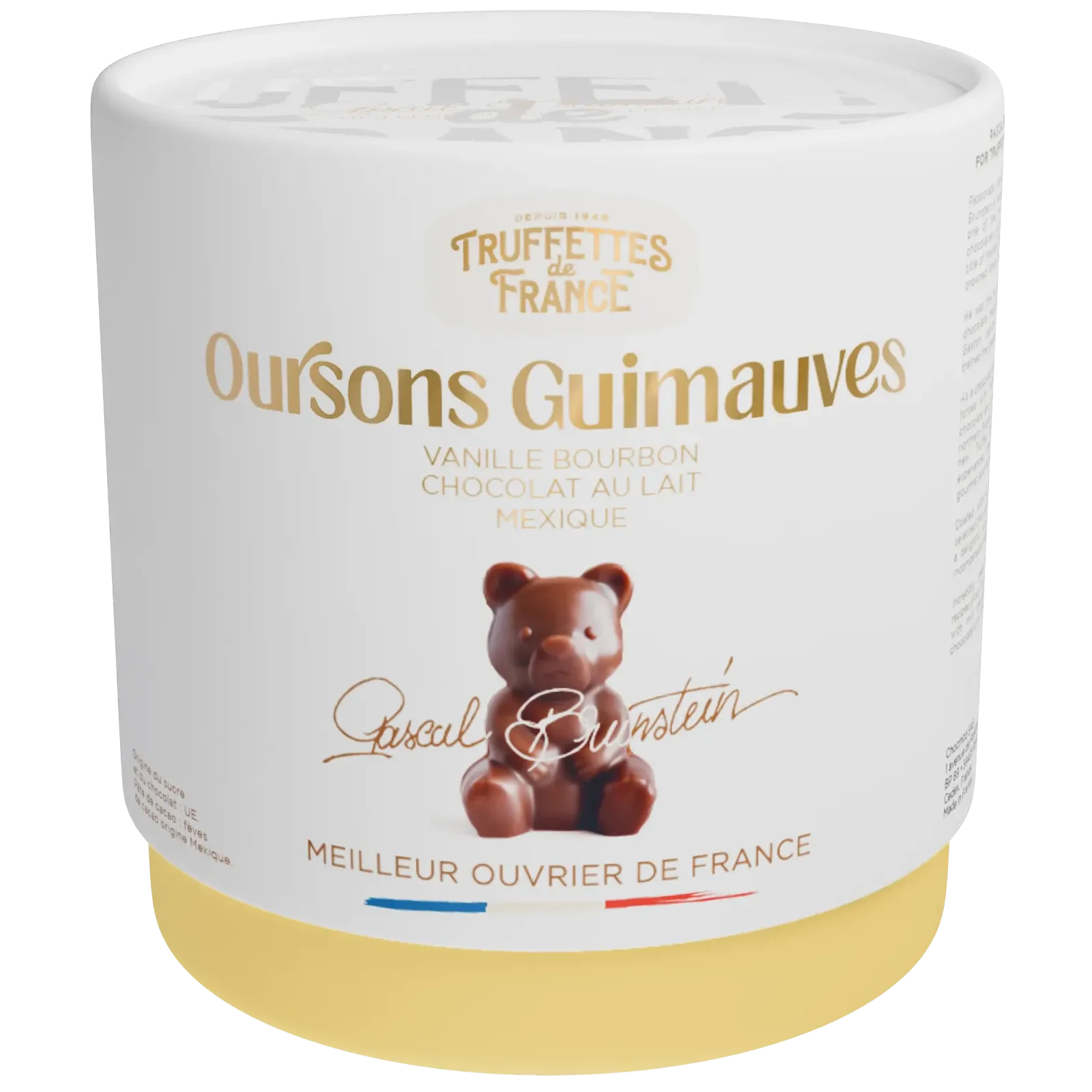Definition : Cocoa
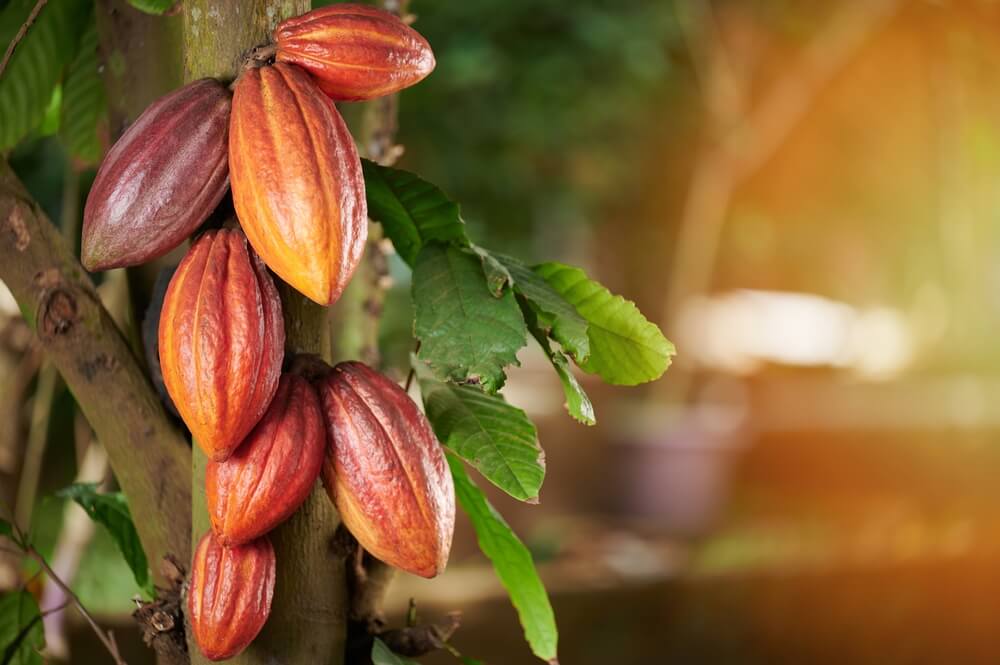
The cocoa tree has many virtues and uses. Its main product, cocoa beans, is used to make the delicious chocolate we eat every day. Let's discover together the characteristics, culture and history surrounding this mysterious and tasty tree.
What is a cocoa tree? Definition and characteristics
The cacao tree, also known by its scientific name Theobroma cacao, is a tropical tree native to Central and South America, mainly Mexico, Ecuador and Brazil. Today, it is grown mainly in these regions, but also in West Africa (Côte d'Ivoire, Ghana) and Southeast Asia (Indonesia, Malaysia).
This tree, which belongs to the Sterculiaceae family, generally grows to between 4 and 8 metres in height. It has evergreen leaves and fragrant red or pink flowers.
The fruits of the cocoa tree are called pods. They are oval capsules containing the precious cocoa beans, enveloped in a white pulp with a tangy taste. Each pod contains an average of 30 to 50 cocoa beans.
Cocoa cultivation and bean production
The cocoa tree is demanding in terms of climatic conditions, growing mainly in equatorial regions where humidity and heat are constant. Cocoa cultivation requires rich, well-drained soil and partial shade for optimum growth.
The three types of cocoa trees grown
- Criollo: native to Central America, this is considered the "noble" cocoa tree, producing beans with a fine, delicate taste. It accounts for around 5% of world production.
- Forastero: native to Amazonia, this cocoa tree is the most resistant to disease and produces beans with a bitterer, less refined taste than Criollo. It accounts for around 80% of world production.
- Trinitario: this hybrid between Criollo and Forastero has the taste qualities of the former and the disease resistance of the latter. It accounts for around 15% of world production.
Harvesting and fermenting cocoa beans
The pods are generally harvested twice a year. The fruit is picked, then opened with a machete to extract the beans and white pulp. The beans are then fermented for several days, dissolving the pulp and developing the cocoa aromas. Fermentation is an essential step in chocolate production.
Torre-faction, grinding and transformation into chocolate
After fermentation, the cocoa beans are dried and then roasted to develop their flavor and reduce their bitterness. They are then ground to obtain a cocoa paste, which is mixed with sugar and possibly milk to make chocolate.
The history of cocoa and the emergence of chocolate
The cocoa tree has been known and cultivated for thousands of years. The first traces of cocoa use date back to 3000 BC, among pre-Columbian Central American peoples such as the Mayas and Aztecs.
Cocoa, sacred drink and currency
Among pre-Columbian civilizations, cocoa played a central role. Not only was it consumed as a beverage (xocoatl) during religious and funeral ceremonies, it was also used as a currency of exchange thanks to its nutritional value and delicious taste.
The discovery of cocoa by the Spanish conquistadors
It was in 1519, when Hernán Cortés conquered Mexico, that the Spaniards discovered cocoa and brought it back to Europe. Hot chocolate became a highly prized beverage at the Spanish court, then spread to the rest of Europe over the following centuries.
The invention of solid chocolate and the democratization of its consumption
Solid chocolate as we know it today was invented in the mid-19th century, thanks to the use of machines to finely grind cocoa beans and mix them evenly with sugar. The industrial production of chocolate thus made the product more accessible and helped popularize its consumption worldwide.
The benefits of cocoa and environmental issues
Consuming cocoa in the form of chocolate has numerous health benefits, thanks in particular to the antioxidants it contains. It is also recognized for its positive effects on mood and concentration, thanks to the dopamine and serotonin it releases.
However, cocoa farming can also have a significant impact on the environment and local populations, particularly through deforestation linked to the creation of new cocoa plantations. Fair trade and organic certifications are therefore increasingly sought after to guarantee sustainable production that respects farm workers and their environment.
In short, the cacao tree is a fascinating tree whose cocoa beans are the source of the chocolate we enjoy so much. Knowing its history and production enables us to appreciate even more the flavors and benefits of this exceptional product, while remaining aware of the environmental issues involved.

